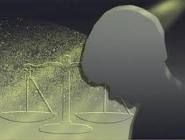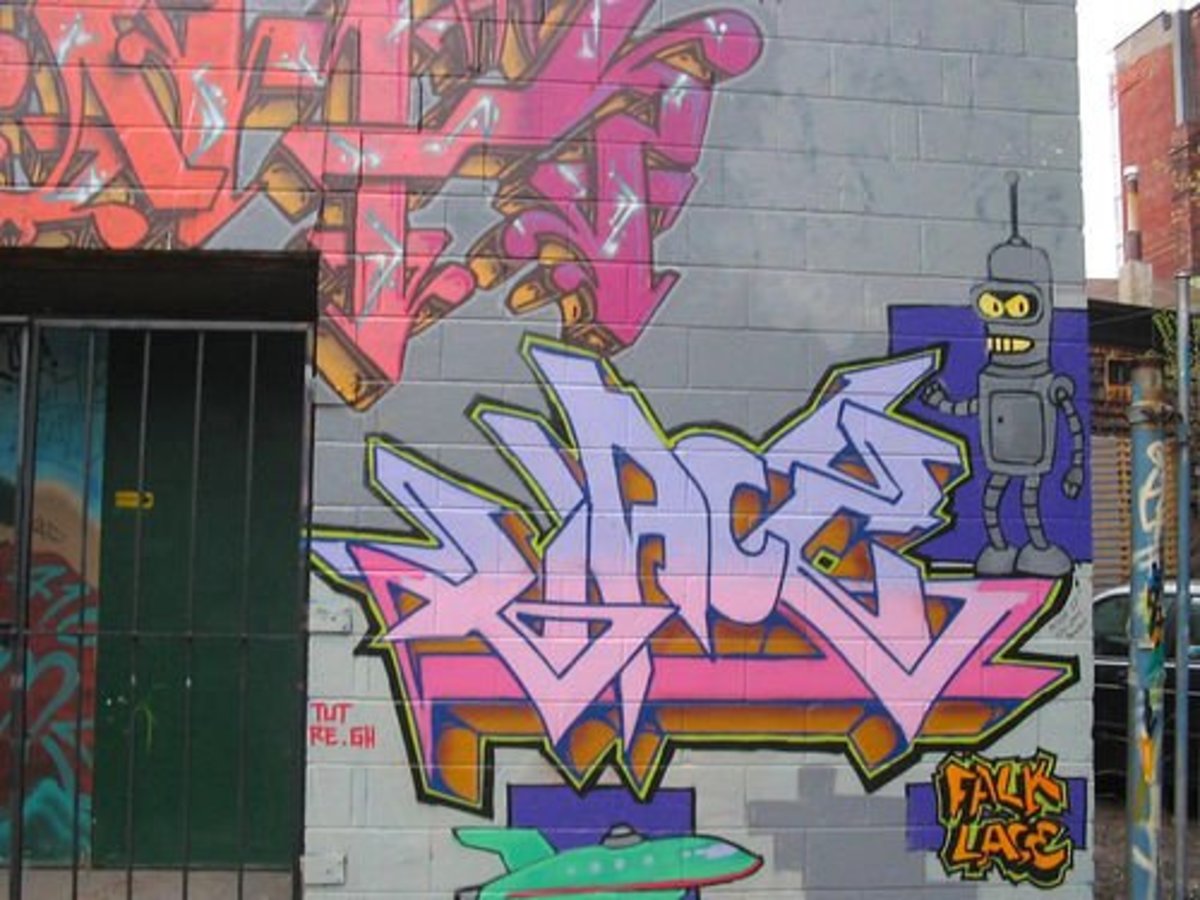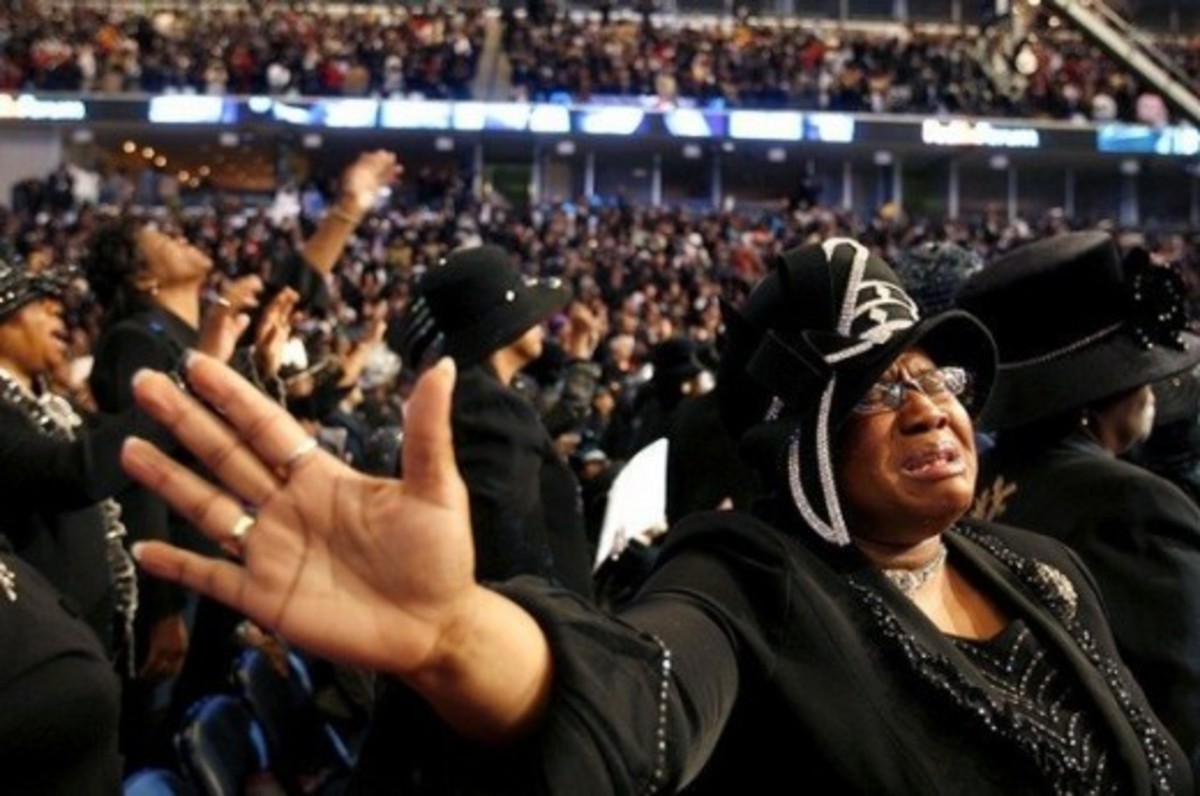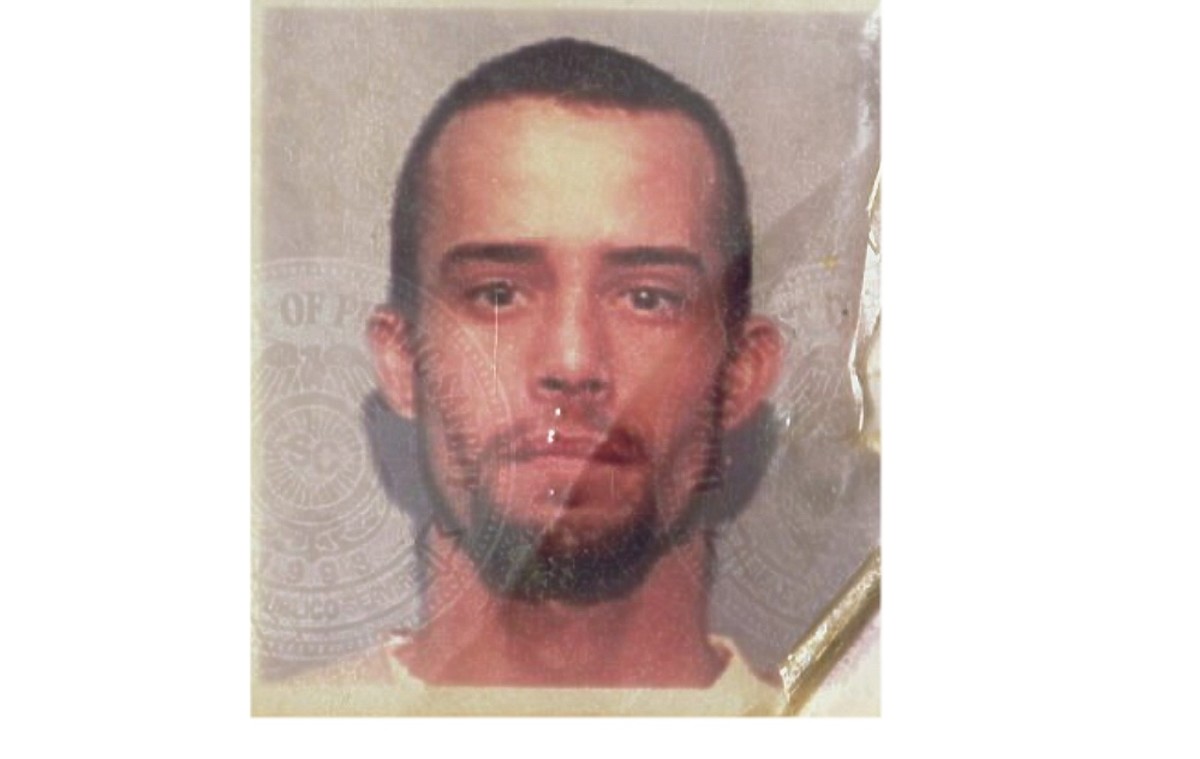The Evolution of Juvenile Justice

by Amber Maccione
Juvenile Justice
Juvenile Justice, although most experts on the subject would start the history off in the fifth century A.D., really has been around since the beginning of time. I remember learning in church that youths that disobeyed even their parents were to be stoned to death during the days of Moses. As time has forced mankind to evolve into an advanced creature of knowledge and technology, so has our understanding of how to deal with juvenile delinquency evolved into what it is today. Today, we understand more about the psychological development of a child as well as how the environment in which one grows up can cause youth to commit crimes. Today, we understand that juvenile delinquents need help more so than punishment. And as our society continues to advance, so we continue to retune our approach on dealing with juvenile delinquency through programs that help to rehabilitate and build up rather than punish and build down.
Although juvenile justice can be seen in the fifth century A.D., we can attribute the real beginning to William Blackstone, an English Lawyer in the 1760’s who developed common law in England (ABA p. 4). He took what was already weakly in place and perfected it. He believed that there were two things that were required in order to hold someone accountable for their actions. The first thing was “vicious will,” intent to commit the crime. The second thing was action, they actually committed the crime. If either of the two was lacking, then the person committed no crime (ABA p. 4). From there, he divided people into groups of three: infants, adults, and “the grey area”. Infants he defined as children too young to fully understand right from wrong. These “infants” were under the age of seven. His next group, adults, were people who could fully understand right from wrong. This group was over the age of fourteen years. The last group was between the ages of seven and fourteen and not really labeled. They were a grey area because if it appeared that a child in this age range understood right from wrong, then they would be convicted. But if they did not understand, then they would not be held accountable (ABA p. 4).
Just as in Bible days, common law in England allowed for the execution of youths. Between 160 and 200 youths were convicted and executed during this time period (Bartollas 2011 p. 5). Since paren patriae (the state as parent), it gave the sovereign the ability to decide the action to be taken against a child who had committed a crime (Bartollas 2011 p. 2-5). In colonial times, youths were housed in jails alongside adults or sent home to parents for punishment (Bartollas 2011 p. 5). But for capital offenses, the sovereign could order the youth to death.
By the nineteenth century, youth were totally out of control (Bartollas 2011 p. 6). The focus on how to deal with juvenile delinquency started to shift from punishment to rehabilitation (ABA p. 5). Special facilities were created in the United States to help rehabilitate the youth as well as protect them from the abuse they were receiving in adult jails. Such facilities as houses of refuge and reform schools arose where children (those convicted of crimes, the poor, and the orphans) were taught trades (ABA p. 5 & Bartollas 2011 p. 9) Eventually because of reported brutality within these facilities, training schools were developed (CJCJ). These facilities not only put an emphasis on vocational training, but they also gave youths the educational schooling they needed (CJCJ).
Right at the turn of the century, 1899, there was another change in juvenile justice – the rise of juvenile courts (ABA p. 5). These courts kept the focus on rehabilitation rather than punishment and the idea of parens patriae, but decided to work in the best interest of the child by creating a “trial” that was informal, nonadversarial, and flexible (ABA p. 5). These “trials” had few procedural rules, were considered civil, and aimed toward teaching youth to live responsibly (ABA p. 5). The court could decide to place the child into a reform institution or could send the child home to his parents (ABA p. 5). The reason for this was that the courts had adopted a new concept – ex parte Crouse – which allowed them to intervene (Bartollas 2011 p. 6). Since the Bill of Rights did not apply to persons under the age of eighteen, they had the right to take the child from their parents and confine them (Bartollas 2011 p. 6).
Right before the onset of World War I, the courts began to erode due to the sinful nature of people (Bartollas 2011 p. 8). By the end of World War I, the volunteers that used to run the courts were replaced by social workers due to yet another shift in juvenile justice (Bartollas 2011 p. 8). Instead of seeing youths’ criminal acts as a product of the social environment they came out of (poor, orphans, immigrants), they began to look at the psychological workings of a child (Bartollas 2011 p. 8).
As time progressed and parents started thinking, the subject of rights and due process became an issue. Courts for juveniles didn’t run like adult courts where the Bill of Rights was accepted and due process required. As different juvenile cases came about starting in the 1960’s, things began to change again. Eventually, the Supreme Court decided that juveniles did have some rights in order for them to be protected: the right to receive notices of charges, the right to counsel, the right to not self-incriminate oneself, the right to a hearing, and the right to confront and cross-examine witnesses (ABA p. 6-7).
The United Nations also helped to bring about change in juvenile justice with the adoption of a few policies: Declaration of the Right of the Child (1959, United States accepted), International Covenant on Civil and Political Rights, which require rehabilitation rather than punishment (1966, United States didn’t accept until 1992 but still stated that they reserved the right to treat juveniles as adults), Convention on the Rights of the Child, which banned juveniles being sentenced to life without parole (1990, United States didn’t accept) (Frontline 2012 timeline). The United States, although has accepted most of the United Nations policies, still reserves the right to sentence a juvenile to life without parole. Today, there are more than 2000 juveniles in adult prisons (Frontline 2012 Home). A quarter of those has been convicted of felony murder and will not be released unless the laws change (Frontline 2012 Video).
As time has passed, the juvenile justice system has changed. It has changed because times have changed and people have become wiser to the needs of youth and wiser in how to reform a system that they saw failing. As we see problems in the system today, it is time to reform it again. So who is responsible for a new change? The stakeholders, of course The stakeholders are the family, the schools, the court, the detention facilities and programs, and the community.
The family is where the juvenile delinquent comes from. The family is where he learns his values and morals, what is considered right from wrong, and how to become a responsible adult. The problem today with family is that a lot of youths have grown up in single parent households or in household where adult supervision is nonexistent or very little (Roberts 2000). We have parents who are workaholics and never home and we have the single parent who is forced to work two or three jobs just to provide for the child and hence is not around a lot. The child is then forced to learn values and morals/right from wrong from other sources. Other issues within the family are poverty, history of family crime, and/or abuse/neglect (Roberts 2000). So the first step to reforming the juvenile justice system to make it better is to work on fixing families.
Another stakeholder are the schools. Teachers can be a huge help in preventing juvenile delinquency from happening if they notice the signs. Failure in school is the biggest sign that a child will be drawn to a life of crime especially if it starts at an early age (Roberts 2000). Failure in school can be seen through poor academics, poor attendance, and/or behavioral problems that cause the child to be suspended or expelled (Roberts 2000). Eventually, if these problems are not addressed early on, a child can become frustrated and give up with the result being dropping out. With lack of education, jobs are hard to come by and crime looks like the only avenue to meet basic needs (Roberts 2000).
The third stakeholder is the courts. The courts are made up of police, judges, probation officers, and lawyers/public defenders. All of these parties within the courts have the say in how the youth is dealt with. As history has shown, they have gone from treating youths as adults, punishment, rehabilitation, and then today being a mixture of the three. Not to mention that not all states abide by the same policies; and therefore, not all courts are following the same model as to how to deal with juvenile delinquents. Before positive and helpful change can be made, everyone needs to get on the same page and create a national guideline book on how to handle juvenile delinquents that way there is no grey area of questions about what is needed to help a juvenile go from criminal to productive member of society (Bartollas 2011 p. 363).
Detention facilities and programs are the fourth stakeholders in the juvenile justice system. Their goal is to punish and/or rehabilitate the juvenile. There are a few philosophies that help determine how each are run: treatment model, justice model, crime control model, and the balanced and restorative justice model. Each has an idea about how to reform the juvenile; some think therapy rather than punishment works; others see punishment as a better option so the youth pays for what s/he did; and others see that punishment as well as accountability are key. Their role is to understand that not every child is the same and that each child may need a different avenue for rehabilitation. It is up to those who run these programs and facilitates to determine whether their avenue is the best to help the juvenile offender rehabilitate.
The last stakeholder is the community. I believe it was Hilary Clinton who said that it takes a village to raise a child. Community needs to be involved with the juvenile justice system because it is the community that is the environment that the juvenile comes out of. If the community decides not to change or to ignore the juvenile, then when the juvenile gets out of the facility of program, how he will continue with rehabilitation if he is being thrown back into what may have been the cause for why he was delinquent in the first place. Communities need to come up with how they will also help the youth become a productive member of society.
Another issue within the community would be poor economy factor. As we have seen in the past few years of the United States, jobs are hard to come by. As a juvenile growing up, they seek to have a job in order to buy and do things. Within a poor economy, juveniles don’t get the jobs as readily as someone who has experience. Therefore, a juvenile may lean towards a life of crime in order to get what he wants (Roberts 2000).
As you can see, everyone has a part to play in order to help prevent juvenile delinquency – from life within the home to those that interact with the youth to those that are outside the youth’s life such as the community, police, and courts. There needs to be a community/town/city bond between all the stakeholders in order to guide and rise up juveniles that are productive rather than burdens.
At the beginning of juvenile justice, houses of refuge, training schools, and reform schools were the answer to prevention and intervention for delinquent juveniles. At the beginning of the twentieth century, a wave of change came about with juvenile courts and the implementation of juvenile rights when arrested, jailed, and tried. Also, the idea of rehabilitation still rang loud and clear hence probation rather than jail was favored. Programs such as drug court, rehab programs, counseling, D.A.R.E., Scared Straight, hot-lines, and many, many more were added to the process of rehabilitating juvenile delinquents.
In the 1960’s and 1970’s, the idea came about that institutionalizing juveniles was not so productive if the goal was rehabilitation. Programs were developed as part of the strategy to diverge juveniles from committing crime again (Bartollas 2011 p. 201). The Youth Service Bureau was created and endorsed such programs as teen court, runaway centers, drug court, family counseling, gang intervention, hot-lines, truancy court, school outreach programs, 24 hour crisis management, etc (Bartollas 2011 p. 201-202).
Another idea to keep juveniles out of the system was through probation. Probation allowed the courts to require juveniles to complete certain conditions, but also allowed the juveniles to return to the community being supervised by a probation officer and live at home with some freedom (Bartollas 2011 p. 171). Probation was looked upon as favorable because it allowed juveniles to have some freedom with some protection against committing crimes again, promoted rehabilitation because the juvenile was still part of the community instead of locked up with other delinquents who could impact the juvenile negatively, and it also cut costs (Bartollas 2011 p. 171).
Although all of this sounds great in theory, there are two major problems: funding/costs and heavy workloads. Since juvenile justice is a government funded system and our government is having problems with money hence a lot of budget cuts, programs end up being cut unless a private organization can come in to do the job. Budget cuts also mean that the government doesn’t have the money to hire more workers to lighten the case loads already in the system. Workers are over worked and can’t give the attention needed to every case. Juveniles easily are able to violate without anyone even knowing.
So what needs to happen in order for juvenile justice to become better in the next ten to twenty years? In the textbook that Bartollas and Miller contrasted is a quote by Barry Glick and William Sturgeon:
It troubles me deeply that our focus is on juvenile justice and not juvenile
education. It’s about trials and not about schools or discipline. It’s about
punishment and not about mentoring. […] We will never […] solve our problems
on the back end with punishment. We will solve problems only if we are united
with a higher purpose of doing better on the front end with day care, preschool,
schools, churches, other institutions, and yes, families. Kids are our future and we
need to invest in them (Bartollas 2011 p. 351).
I couldn’t agree or have said it any better. Instead of juvenile detention centers, there needs to be juvenile education centers. Our government needs to wake up and stop cutting education programs within schools. Our schools need to return to disciplining students rather than punishing students. There needs to be a strong mentoring program that is through our schools, colleges, and communities where every child has a mentor – elementary kids have middle school kids to mentor them, middle school has high school, high school has a college or community adult And our country needs to come together with a mission to invest in our children instead of waiting for our children to mess up and then punish them.
So far as we advance, technology advances. And since our government is looking at where they can cut costs, technology slowly creeps into our juvenile justice system. With technology, you don’t need as much staff. One of the ideas being used in some areas is technocorrections, which offer a sterile and isolated environment in the detention centers giving little or no contact between staff and delinquents. This makes the centers less humane and will have an adverse effect when the juvenile returns to the community because the juvenile has been held with no mentoring or counseling or opportunity to interact with someone who might be able to help them be a better person within the community (Bartollas 2011 p. 356).
So what should be the mission of our juvenile justice system if they really want to help a juvenile delinquent? Well we have looked at the reasons why a juvenile would commit crime – family issues or poverty (lack of basic needs being met), abuse (self-esteem weakened), and lack of supervision/attention. Our juveniles need more than rehabilitation; they need the four “h’s”: habilitation, healing, hope, and honor (Bartollas 2011 p. 357-361).
A lot of our juveniles don’t understand how to live productively with others. Our juvenile justice system needs to teach them habilitation. They need to learn the skills required to getting along with others. They also need to learn how to take responsibility for their actions. If they mess up, they need to learn how to admit that they messed up and then learn how to go about fixing it (Bartollas 2011 p. 357).
Most juvenile delinquents have been hurt in some way hence the reason they commit crimes. Committing crimes is there way of saying, “Someone pay attention to me because I am hurting.” Labeling needs to end within schools and the court system. The juvenile justice system needs to teach juveniles how to cope with their emotions and express themselves in a positive way as well as teach them how to overcome problems such as academic and family (Bartollas 2011 p. 359).
Our system needs to give juveniles hope instead of feeling like they will always be labeled and unsuccessful because they have a record. Our system needs to help juveniles see an accurate picture of themselves, help them establish realistic goals, and help them distinguish between helpful/positive support systems and harmful/.negative systems. They need to help the juvenile learn his own sense of power. And the last, is to help them get into positive, nourishing environments where they have the ability to thrive instead of get caught back up into a life of crime (Bartollas 2011 p. 360).
And lastly, our system needs to stop tearing down the delinquents and instead affirm their honor in society by showing them positive ways to do this within the community (Bartollas 2011 p. 360). One way to help them start to obtain this is through community service and restoration programs where they can give back or repair based on what they did to get into the juvenile justice system.
What I think needs to happen is reformation. I think that our court systems need to come up with a handbook that is across the board for every state. That way our nation has the same goals and mission in helping prevent juvenile delinquency and intervene within the juvenile’s life in a positive and effective way. I think if the government can’t afford to do this, then it needs to bring in private organizations to help. Programs that need to stay are probation, drug and alcohol abuse, and crisis hot lines. Programs that need to come in are school outreach programs (more of) and mentoring programs. Unfortunately, I don’t see our juvenile justice system getting any better in the next ten to twenty years. I see it getting worse as our government keeps cutting budgets and technology continues to creep in.
References
ABA Division for Public Education. “Part I: The History of Juvenile Justice.”Dialogue
on Youth and Justice. Retrieved from http://www.americanbar.org/content/dam/
aba/migrated/publiced/features/DYJpart1.authcheckdam.pdf
Bartollas, C. & Miller, S. (2011). Juvenile Justice in America (6th ed.). Upper Saddle
River: Prentice Hall, Pearson Education, Inc.
Center on Juvenile and Criminal Justice (CJCJ). “Juvenile Justice History.” Retrieved
from http://www.cjcj.org/juvenile/justice/juvenile/justice/history/0
Frontline. (2012). “When Kids Get Life.” WGBH Educational Foundation. Retrieved
from http://www.pbs.org/wgbh/pages/frontline/whenkidsgetlife/
Roberts, C. H. (2000). “Juvenile Delinquency: Cause & Effect.” Yale-New Haven
Teachers Institute. Retrieved from http://www.yale.edu/ynhti/curriculum/
units/2000/2/00.02.05.x.html
Copyright © 2012 http://ambercita04.hubpages.com/








